Define Dipole moment . Draw dipole diagrams of H2OandBF3 .
Step-by-Step Solution
Step 1: Define Dipole Moment
The dipole moment is a vector quantity that represents the separation of positive and negative charges in a molecule. It is denoted by the symbol \( \mu \) and is calculated as the product of the charge \( q \) and the distance \( r \) between the charges. The formula for dipole moment is given by:
\(
\mu = q \cdot r
\)
The dipole moment indicates the polarity of a molecule; a higher dipole moment means a more polar molecule.
Step 2: Understanding Dipole Moment in Molecules
The dipole moment arises due to the difference in electronegativity between two atoms in a bond. When two atoms with different electronegativities form a bond, the electron density is pulled closer to the more electronegative atom, creating a partial negative charge (\( \delta^- \)) on that atom and a partial positive charge (\( \delta^+ \)) on the other atom.
Step 3: Draw the Dipole Diagram for H₂O
1. Identify the atoms in the molecule: H₂O consists of two hydrogen (H) atoms and one oxygen (O) atom.
2. Determine the electronegativity values: Oxygen is more electronegative than hydrogen.
3. Draw the molecule with arrows indicating the dipole moments:
- Draw the H₂O molecule with the oxygen atom at the center and the hydrogen atoms on either side.
- Draw an arrow from each hydrogen atom pointing towards the oxygen atom to indicate the direction of the dipole moment (towards the more electronegative atom).
Dipole Diagram for H₂O:
H(δ+)|O(δ−)|H(δ+)
Arrows pointing towards the oxygen indicate the dipole moments.
Step 4: Draw the Dipole Diagram for BF₃
1. Identify the atoms in the molecule: BF₃ consists of one boron (B) atom and three fluorine (F) atoms.
2. Determine the electronegativity values: Fluorine is more electronegative than boron.
3. Draw the molecule with arrows indicating the dipole moments:
- Draw the BF₃ molecule with the boron atom at the center and the fluorine atoms arranged around it.
- Draw arrows from each fluorine atom pointing towards the boron atom to indicate the direction of the dipole moments.
Dipole Diagram for BF₃:
F(δ−)∣F(δ−)−B−F(δ−)
Arrows pointing towards the boron indicate the dipole moments.
The dipole moment is a vector quantity that represents the separation of positive and negative charges in a molecule. It is denoted by the symbol \( \mu \) and is calculated as the product of the charge \( q \) and the distance \( r \) between the charges. The formula for dipole moment is given by:
\(
\mu = q \cdot r
\)
The dipole moment indicates the polarity of a molecule; a higher dipole moment means a more polar molecule.
The dipole moment arises due to the difference in electronegativity between two atoms in a bond. When two atoms with different electronegativities form a bond, the electron density is pulled closer to the more electronegative atom, creating a partial negative charge (\( \delta^- \)) on that atom and a partial positive charge (\( \delta^+ \)) on the other atom.
1. Identify the atoms in the molecule: H₂O consists of two hydrogen (H) atoms and one oxygen (O) atom.
2. Determine the electronegativity values: Oxygen is more electronegative than hydrogen.
3. Draw the molecule with arrows indicating the dipole moments:
- Draw the H₂O molecule with the oxygen atom at the center and the hydrogen atoms on either side.
- Draw an arrow from each hydrogen atom pointing towards the oxygen atom to indicate the direction of the dipole moment (towards the more electronegative atom).
H(δ+)|O(δ−)|H(δ+)
Arrows pointing towards the oxygen indicate the dipole moments.
1. Identify the atoms in the molecule: BF₃ consists of one boron (B) atom and three fluorine (F) atoms.
2. Determine the electronegativity values: Fluorine is more electronegative than boron.
3. Draw the molecule with arrows indicating the dipole moments:
- Draw the BF₃ molecule with the boron atom at the center and the fluorine atoms arranged around it.
- Draw arrows from each fluorine atom pointing towards the boron atom to indicate the direction of the dipole moments.
F(δ−)∣F(δ−)−B−F(δ−)
Arrows pointing towards the boron indicate the dipole moments.
Topper's Solved these Questions
- BOOK - PRADEEPCHAPTER - CHEMICAL BONDING AND MOLECULAR STRUCTUREEXERCISE - ADDITIONAL QUESTIONS (LONG ANSWER QUESTIONS)13videos
CHEMICAL BONDING AND MOLECULAR STRUCTURE
- BOOK - PRADEEPCHAPTER - CHEMICAL BONDING AND MOLECULAR STRUCTUREEXERCISE - ANALYTICAL QUESTIONS AND PROBLEMS WITH ANSWERS/SOLUTIONS (Questions)1videos
CHEMICAL BONDING AND MOLECULAR STRUCTURE
- BOOK - PRADEEPCHAPTER - CHEMICAL BONDING AND MOLECULAR STRUCTUREEXERCISE - ADDITIONAL QUESTIONS (VERY SHORT ANSWER QUESTIONS )57videos
CHEMICAL BONDING AND MOLECULAR STRUCTURE
- BOOK - PRADEEPCHAPTER - APPENDIXEXERCISE - MODEL TEST PAPER <br> (Section C )9videos
APPENDIX
- BOOK - PRADEEPCHAPTER - CLASSIFICATION OF ELEMENTS AND PERIODICITY IN PROPERTIES EXERCISE - Competition Focus (Jee Main and Advanced / Medical Entrance ) ( Assertion - Reason Type Question ) (Type II)12videos
CLASSIFICATION OF ELEMENTS AND PERIODICITY IN PROPERTIES
Similar Questions
Knowledge Check
- Question 1 - Select One
Dipole moment of
 is 1.5D. The dipole moment of
is 1.5D. The dipole moment of
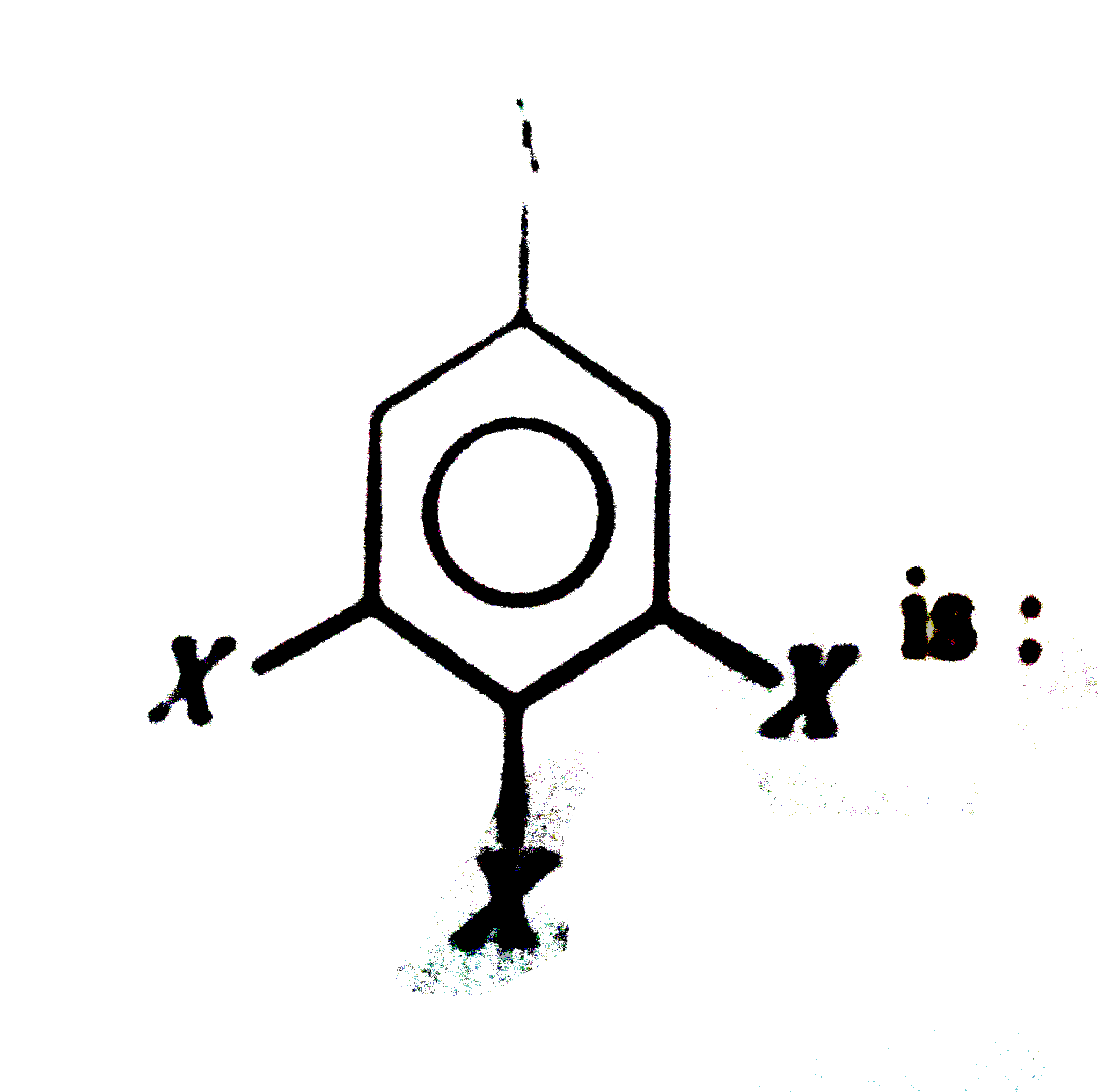 A1DB1.5DC2.25DD3D
A1DB1.5DC2.25DD3D - Question 2 - Select One
Dipole momentof
 is 1.5 D. The dipole moment of
is 1.5 D. The dipole moment of
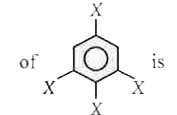 is A1.5 DB2.25 DC1DD3 D
is A1.5 DB2.25 DC1DD3 D - Question 3 - Select One
The correct order of dipole moments of HF,H2SandH2O is :
AHF<H2S<H2OBHF<H2S>H2OCHF>H2S>H2ODHF>H2O>H2S
Define dipole moment. Give its significance.
View SolutionMagnetic Dipole Moment In 3d
View SolutionIf the dipole moment of the following molecule is 1.5D
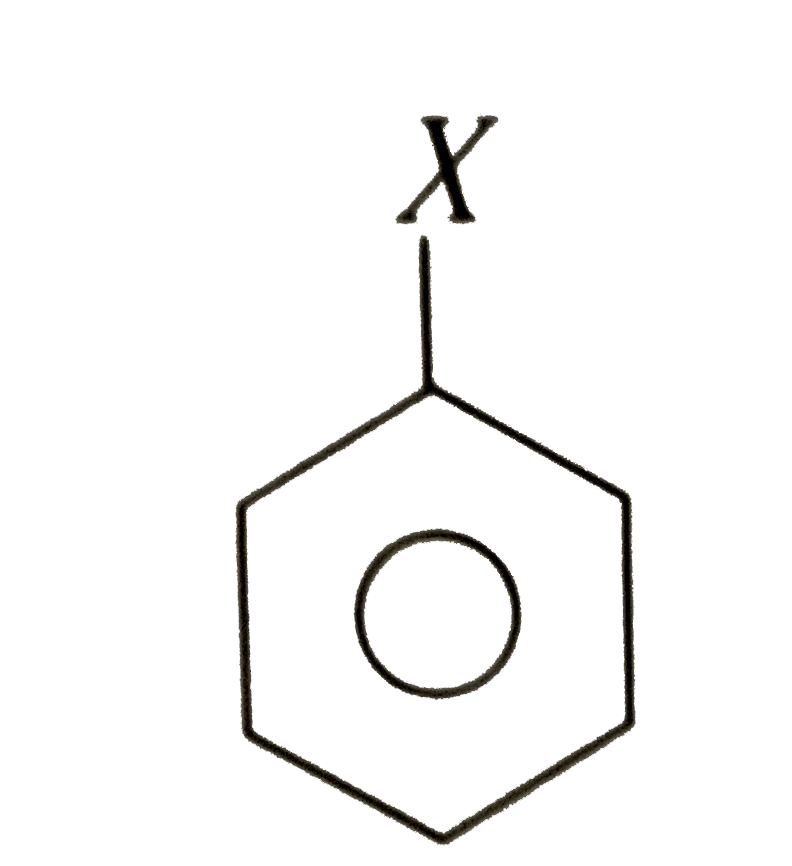
Then the dipole moment of the following compound will be View Solution
View SolutionThe dipole moment of
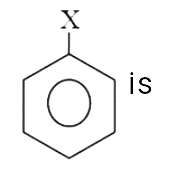 is 1.5 D.
is 1.5 D.
The dipole moment of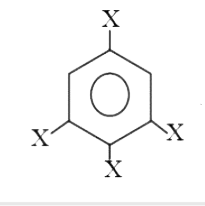 is View Solution
is View SolutionThe net dipole moment of H2O molecule is
View Solution

